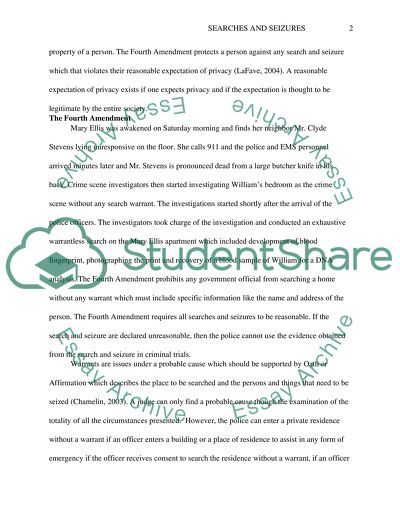Cite this document
(“Searches and Seizures Essay Example | Topics and Well Written Essays - 1500 words”, n.d.)
Searches and Seizures Essay Example | Topics and Well Written Essays - 1500 words. Retrieved from https://studentshare.org/law/1496847-searches-and-seizures
Searches and Seizures Essay Example | Topics and Well Written Essays - 1500 words. Retrieved from https://studentshare.org/law/1496847-searches-and-seizures
(Searches and Seizures Essay Example | Topics and Well Written Essays - 1500 Words)
Searches and Seizures Essay Example | Topics and Well Written Essays - 1500 Words. https://studentshare.org/law/1496847-searches-and-seizures.
Searches and Seizures Essay Example | Topics and Well Written Essays - 1500 Words. https://studentshare.org/law/1496847-searches-and-seizures.
“Searches and Seizures Essay Example | Topics and Well Written Essays - 1500 Words”, n.d. https://studentshare.org/law/1496847-searches-and-seizures.


